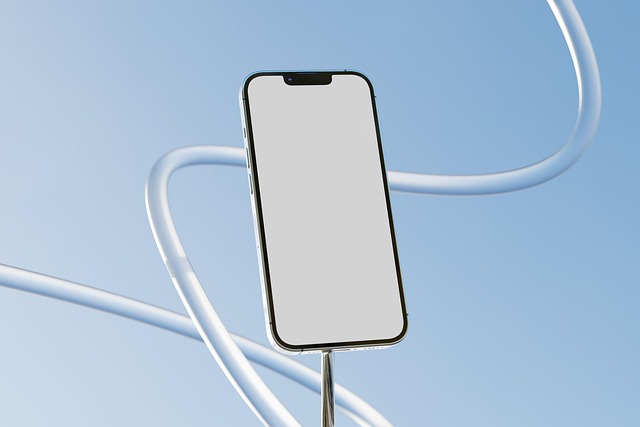Unveiling the Top Car Wrap Services in Your Area
Are you looking to transform your vehicle’s appearance and make a bold statement on the road? Car wraps are an excellent way to achieve that personalized look while protecting your car’s original paint. In this blog post, we’ll explore the best car wrap services near you, highlighting their craftsmanship, design options, and what sets them apart from the competition.
What is a Car Wrap?
A car wrap is a vinyl film that is applied over your vehicle’s exterior. This innovative solution allows you to change the color, add graphics, or display branding without the permanence of a paint job. High-quality wraps can last for several years, making them a popular choice among car enthusiasts and business owners alike.
Why Choose a Professional Car Wrap Service?
While DIY car wrapping kits are available, opting for a professional service ensures a flawless finish. Here are some reasons why you should consider professional car wrap services:
- Expert Craftsmanship: Professionals have the skills and experience to install wraps smoothly, avoiding bubbles and imperfections.
- Variety of Designs: A reputable service will offer a range of colors, textures, and custom designs to suit your style.
- Durability: Professional-grade materials are used, ensuring your wrap withstands the elements and looks good for years.
- Warranty: Many top services provide warranties on their work, giving you peace of mind.
Top-Rated Car Wrap Services Near You
Finding the best car wrap near me can be overwhelming with so many options available. To help you narrow down your choices, we’ve compiled a list of the top-rated car wrap services in your area:
1. Wrap It Up
Located in the heart of the city, Wrap It Up offers a wide variety of vinyl wraps and custom designs. Their team of skilled technicians is known for their attention to detail and exceptional customer service. They specialize in both personal and commercial vehicle wraps.
2. The Vinyl Guys
The Vinyl Guys are renowned for their vibrant color options and unique graphic designs. They pride themselves on using high-quality materials that ensure longevity and durability. Whether you want a matte finish or a glossy look, they have the perfect solution for you.
3. Elite Wraps
With years of experience in the industry, Elite Wraps has built a reputation for quality and reliability. They offer a wide array of services, including full wraps, partial wraps, and custom decals. Their portfolio showcases stunning transformations that have wowed many clients.
4. Custom Car Wraps Co.
Custom Car Wraps Co. is known for its innovative approach to car wrapping. They work closely with clients to bring their visions to life, providing personalized consultations and design services. Their wraps are designed to turn heads and make a lasting impression.
Factors to Consider When Choosing a Car Wrap Service
When searching for the right car wrap service, keep these factors in mind to ensure you make the best choice:
- Reputation: Look for reviews and testimonials from previous customers to gauge their satisfaction.
- Portfolio: A strong portfolio showcases the service’s craftsmanship and range of designs.
- Materials Used: Ensure they use high-quality vinyl that is designed for long-lasting results.
- Customer Service: Good communication and support are essential for a smooth wrapping process.
- Pricing: Compare quotes from different services, but remember that the cheapest option isn’t always the best.
Final Thoughts
Transforming your vehicle with a professional car wrap is a fantastic way to express your personality or promote your business. With the options listed above, you can find the best car wrap near me that suits your needs and budget. Remember to consider the quality of service, materials, and customer feedback to ensure a satisfying experience. So, why wait? Start your journey to a stunning new look for your ride today!





